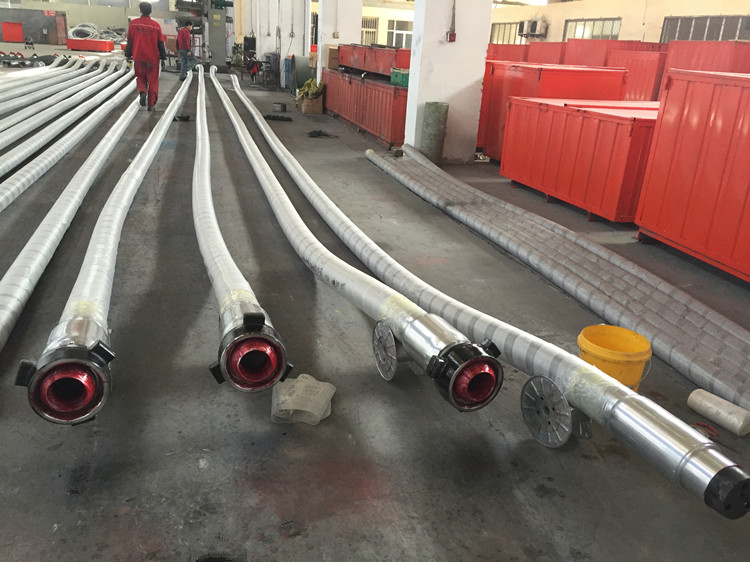OIL & GAS HOSE LEADER
OIL & GAS HOSE LEADER
21 Nov 2020
During the drilling process, a mixture of water, mud and drilling chemicals or lubricants is used. This mixture can be quite demanding on hoses. Many manufacturers have developed specific blends of hose material to withstand this process. They should typically be rated at 400 psi or greater to prevent premature failure. Typically, the recommendation is for the hoses to be crimped on the termination ends in lieu of band clamped for safety reasons. This hose is typically used to transfer these liquids to the mixer tanks that blend and supply the mud pumps.

Once drilling starts, the drilling fluids are pumped at high pressures into the mud pump and drill hoses. Selecting these hoses is crucial, and they should only be supplied by manufacturers that are certified to build them. These are the costliest hoses on the rig and are the most crucial in the operation. Most drillers require American Petroleum Institute (API)-certified hoses built to a tough standard. These hoses are responsible for carrying the cutting fluid and mud to the wellhead and are used to remove the cuttings from the hole. Properly sizing these hoses is important because they are in constant motion in traveling loops.
Failure can cause a rig to stop drilling operations until the affected hose is replaced. These hoses’ times of service should be tracked, and they should be replaced frequently (typically every 12 months). They should also be inspected during operation for any unusual pulsing in the hose assembly. Pulsations can typically occur if compensator units malfunction. If this occurs, the hoses start acting as the compensator and can cause premature failure during drilling.
After drilling is completed and the pipe is in place, cement is pumped downhole to form the well casing. Careful selection of a cementing hose is also important because it involves pumping a heavy volume of material at higher than normal pressures. Abiding by the API guidelines when selecting this hose is also paramount.